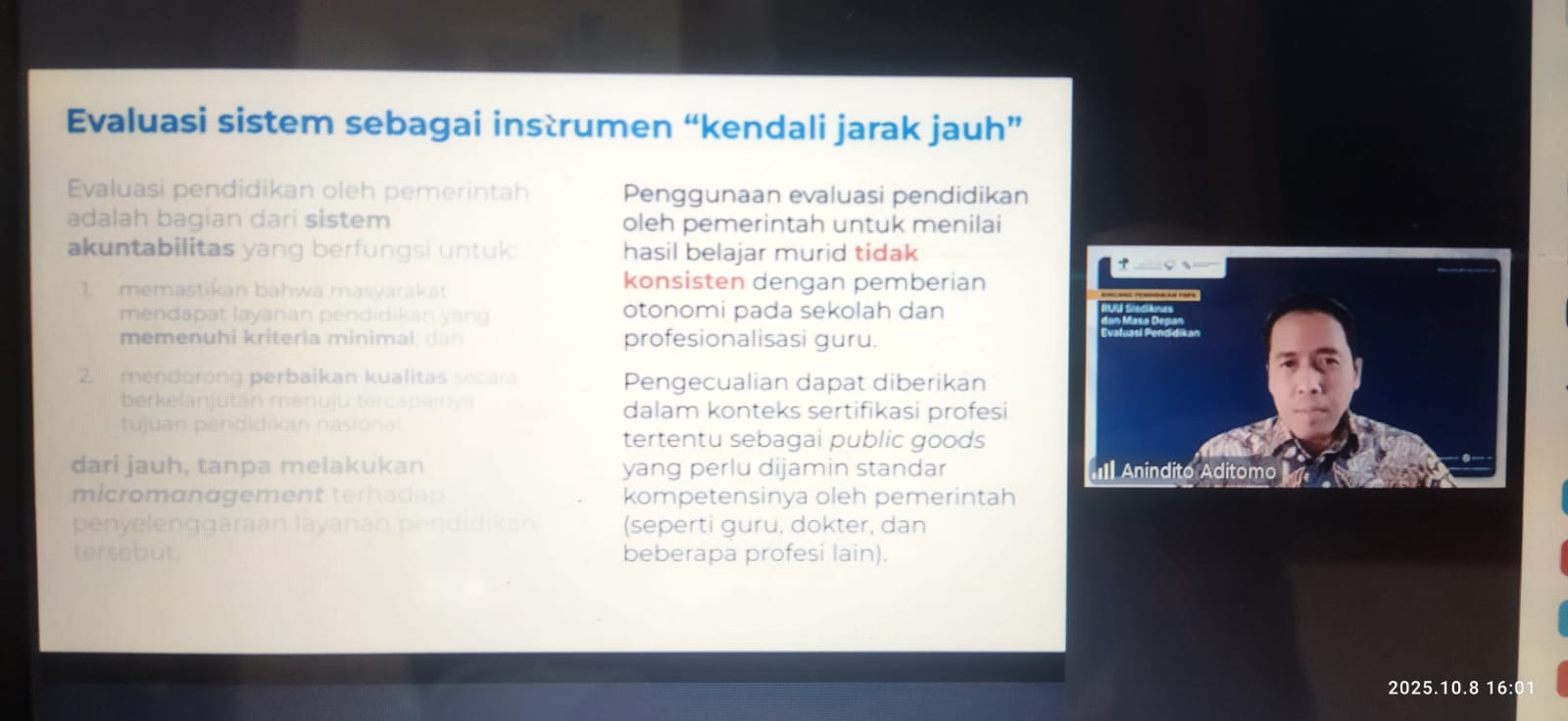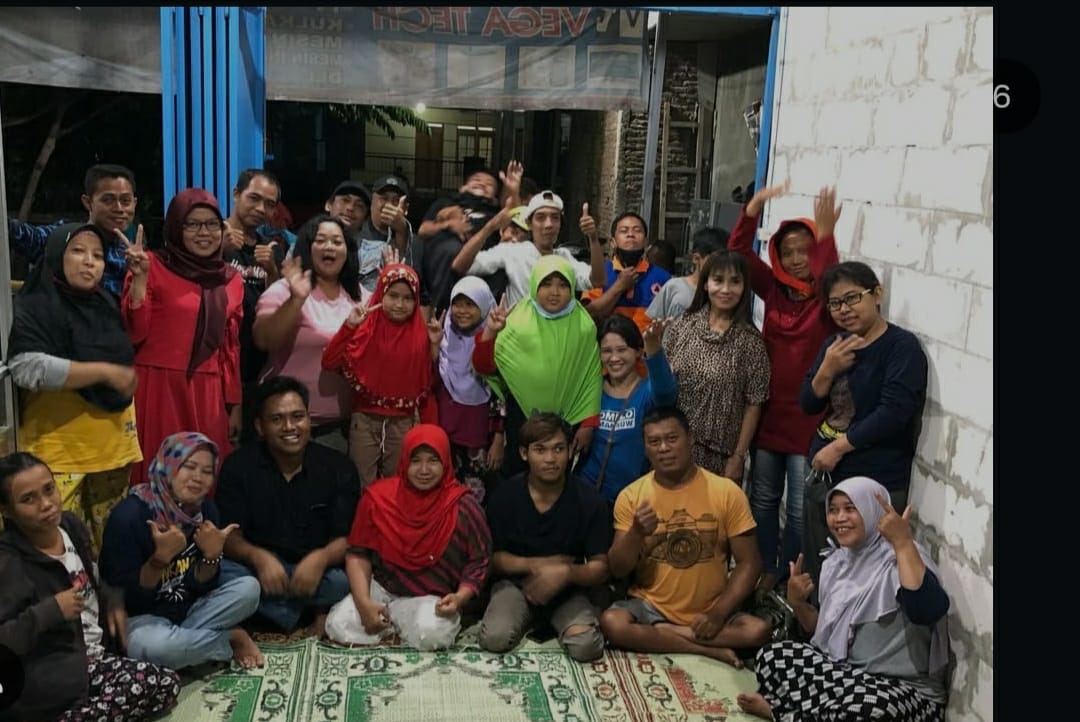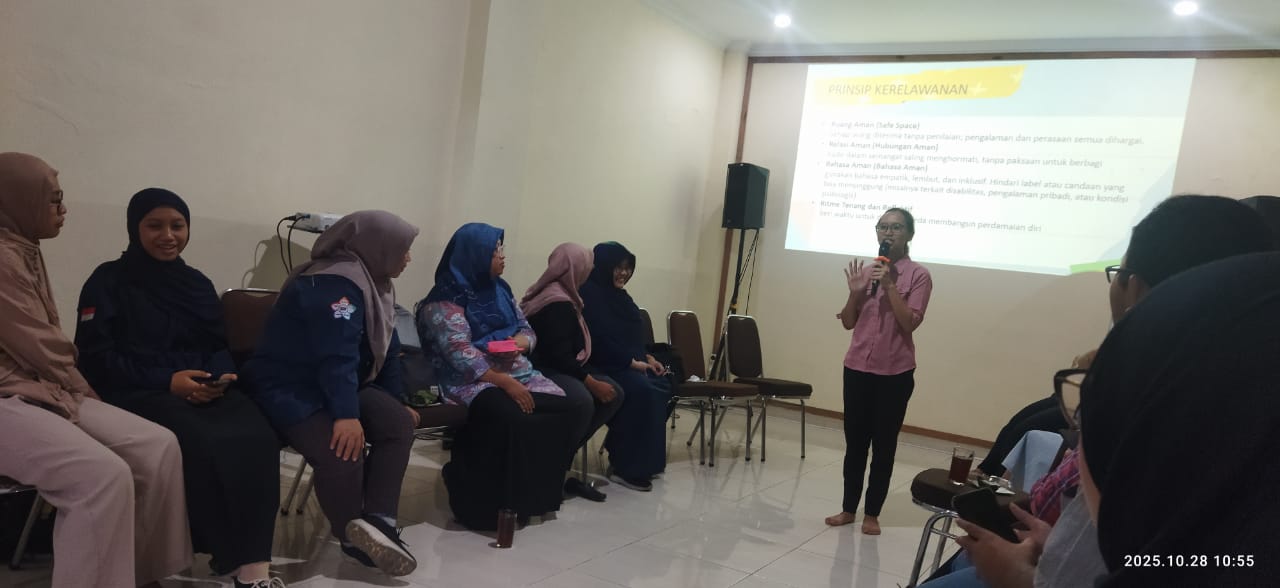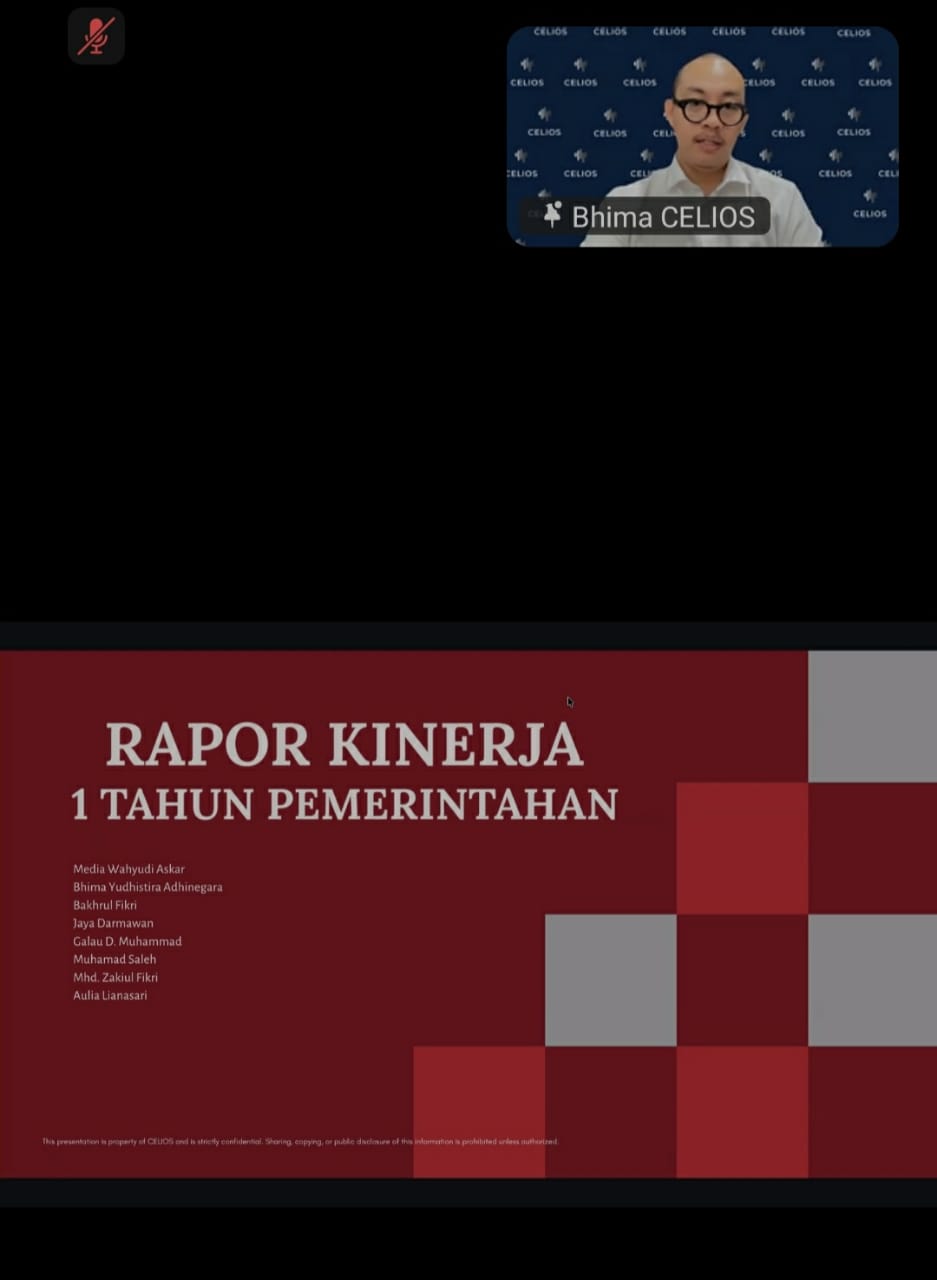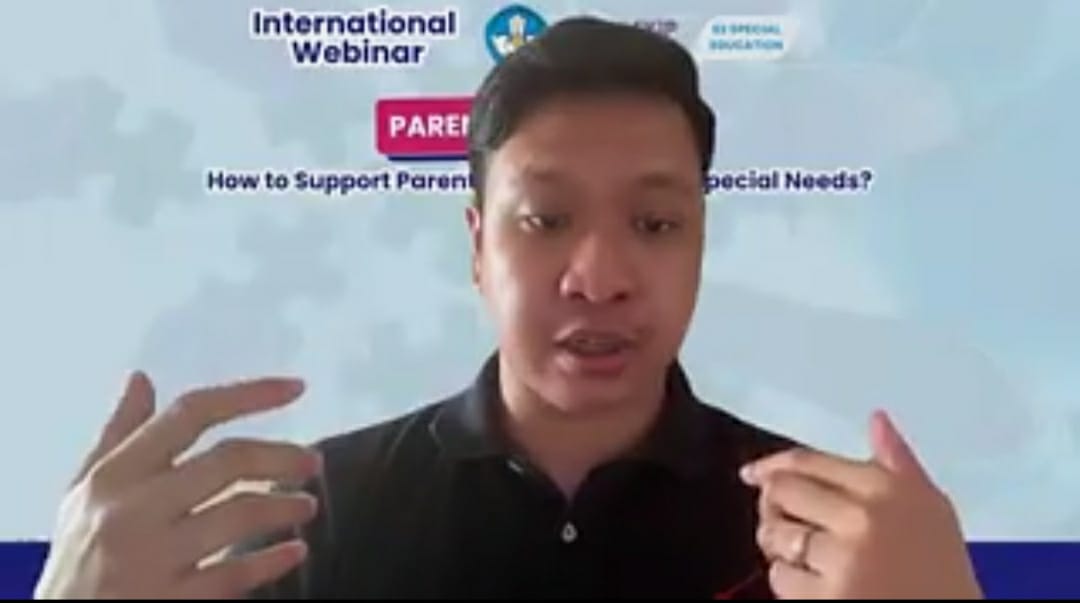Education and Policy Study Centre (Pusat Studi Pendidikan dan Kebijakan or PSPK) and Community Consortia for Indonesian Education (Konsorsium Masyarakat Peduli Pendidikan Indonesia or KMPPI) opened an education talk on National Education System Draft Law and the future of learning evaluation on Wednesday (8/10).
The activity was part of a series of discussion and media briefing and public discussion. It was a collaboration amongst a number of organizational consortium in order to unite aspirations. KMPPI was gathering ideas from communities for advocacy in parliament which had proceeded three times. The last time was a hearing with presentation on a number of discussion results to Commission 10. The expectation was that the discussion result would be used for further advocacy with the Parliament.
The executive director of PSPK, Nisa Felicia said that since its establishment in 2015, PSPK always tried to advocate for policies to strengthen Indonesian children as the centre of education and pro-children education through research and advocacy involving the community to evidence-based policy processes. PSPK did not neglect factors beyond the schools.
The roles of PSPK included web-based trigger, promoting data-based intervention to strengthen collaborative literacy and numeracy, policy strengthening, and research ecosystem strenghening.
Angela Merici acted s moderator for the interesting discussion that drew on momentum regarding specific topics being deliberated at the parliament.
The first resource person was a member of PSPK expert team, Anindito Aditomo who was education curriculum development and assessment mechanism head in the past, and now a recipient of fullbrigt scholarship at Harvard University. Anindito Aditomo said that the presented the flow of the function of education system evaluation by the government in autonomy-oriented governance based on accountability, strength and limitation of education system evaluation by the government, and the implication(s) on assessment design and inputs regarding the substantive norms of the law that regulated education evaluation.
First thing first, theoretically, was to consolidate the issue about school autonomy, teachers and headmaster had to be professionally consolidated. Then school-based management had to be strengthened. This was part of the National Education System and be monitored by respective school supervisors. Then there should be deliberation about costs for students. There should be public-privat partnership.
Terkait evaluasi sistem sebagai instrumen “kendali jarak jauh”, evaluasi pendidikan oleh pemerintah adalah bagian dari sistem akuntabilitas yang berfungsi untuk : 1. Make sure that communities received education services that met minimum criteria, and 2. Promote ongoing quality improvement towards ultimate national education goal from a distance, without micromanagement re. education implementation.
Use of education evaluation by the government to measure students’ learning was not consistent with autonomy given to schools nor with teachers professionalism. An exception may be given to the context regarding specific professional certification as public goods with the government guarantee of competence standard – such as teachers, doctors, and other professions.
Inputs - the substantive norms regarding education evaluation law were the following: 1. Place education evaluation system as part of accountability mechanism to balance the autonomy given to schools and teachers as professional educators. 2. Define the evaluation system functions by the government as instrument(s) for protection (guarantee) to communities and in order to promote ongoing quality improvement. 3. Affirmation regarding the roles of the government in education evaluation so that the government did not take over but instead strengthened teachers’ professional roles in evaluating of students performance and improved learning as a whole.
Bukik Setiawan was a movemet driver for liberated learning, the chairperson of Komunitas Guru Belajar Nusantara and Jaringan Sekolah Merdeka Belajar, and one of the initiators of national education meeting and was internationally recognized. He talked about the roles of teachers in following up system evaluation result and students’ learning results to quality improvement of learning process and relevant and effective methods to improve learning ( to follow-up evaluation results – system evaluation and students’ learning). To him, when talking about learning plan, teachers could make it on their own or involved colleagues in teachers working group. Then the headmaster inspected it and then the supervisor inspected it. It was collectively discussed with colleagues. The supervisors had the key task of supervising classes. The assessment tool(s) were inspected by the headmaster and school supervisors and this took a lot of energy.
Bukik stated unambiguously that learning was different from improvement in learning when it came to intensity. He differentiated between education management and learning management. In learning management segment, there had to be quality improvement. The second cycle in education cycle started from urban management to national management. Education management, relatively, did not do education evaluation.
Methodologically what to do? Responsive teaching or adaptive learning, or research on in-class action contained two relatively common threats, despite the complexity: Researcher on in-class actions or lesson study. Both were relatively large and there was formalising of learning activities. What had more impact was peer-coaching. In Guru Belajar Nusantara, community peer-coaching, insightfull teachers, was authentic as it happened. It was not like the current direction in policy that was too heavy and complex and not recommended.
The impacts of lerning imrpovement based on students’ results and teachers’ performance were: 1. Students’ psychological burden; students felt of being judged based on marks, not process. There could be over-the-top pressures, loss of motivation, and defiance to learn, 2. Teachers did not have time for reflection; teachers were not motivated to examine teaching practice in-depth. Yet other data (formative, students’/parents’ response, system evaluation) could offer richer insights., 3. Reduction in the meaning of learning; Learning was narrowed down to academic marks. Other key aspects such as motivation, characters, creativity and social skills were ignored, 4. Improvement became partial; teachers tended to focus only on remedial or teaching false materials. Other root cases (learning strategy, class climate, or school supports) were not addressed, 5. Ignoring system and context; education system evaluation that provided macro-picture was ignored. No encouragement to build support system(s) for teachers and schools.
Then the third speaker, Patrya Pratama said about the competence that teachers had to have when they designed evaluation. He specifically talked about competence, which to him, was an important issue to talk about when the learning system became clear in terms of where it would go.
Talking about competence meant talking about what was already there. Whatever one talked about had to be synchronized to make them better.
Questions during Discussion
Number of questions were raised, such as how far to consider the presence of Artificial Intelligence (AI)? Anindito answered that AI became an infrastructure just like electricity was in the past. In brief, AI required a lot more competence with regards to essential attitudes and values that had to be considered in standard exam. The government had measured significant number of exam, even from a distance.
“AI relies heavily on prompt and imagination or values, how to ask good questions. This necessitated ability to hold oneself steady without rushing to shortcuts. If you were a student, AI gave you quicker and easier essays,” said Anindito.
He added that AI was a massive temptation to shortcuts in learning. It would be difficult to measure the ability for self-restrain as this was related to self-regulation, emotion, and honesty. So, focus and teacher’s professionalism were key, which was relevant with what the previous speaker had suggested regarding improvement in learning and competence.
With regards to AI, Bukik answered that as human, AI should be designed for humanity. Teachers worked hard not because of AI but because of the policies already drawn and difficulties with regards to the National Exam, Final Proficiency Test, and pressures to control human ambition. “That is not all. So teachers were really working hard to address the challenges presented by AI. There was a need to add humanity system development into AI,” said Bukik.
In answering one question from a participant regarding the relationship with the topic covered by three speakers – that is, the need to make clear what was and what was not the authority of teachers. Wih regards to the evaluation of student’s performance, as in other professional area, what he had was specific and limited authority based on competence and ethical codes. When discussing teachers’ profession, then the question was what would be the teachers’ authority? Teachers did was to teach and evaluate the learning, as articulated in the Law.
So for teachers’profession to be acknowledged, there was a need to make sure that when regulation and/or system was designed, it was important to make sure that teachers were clearly able to exercise their authority. Why so? Because teachers interacted with students, more than just looking at student’s answer as written on paper. (Ast)




